Aggression as a national idea Russia against its neighbours
Today, few people still doubt that Russia’s policy toward its neighbours has long outgrown the framework of so-called “security concerns.” It is, in fact, outright aggression — the violent redrawing of borders and an attempt to drag Europe back into the first half of the 20th century. Wherever Moscow appears as a supposed “guarantor of peace,” state systems soon collapse, puppet regimes emerge, and “frozen conflicts” take root.
Karabakh: Decades of occupation under the Russian umbrella
The Karabakh conflict stands as one of the clearest examples of how Moscow can hold an entire region hostage. Posing as a mediator, Russia for decades armed Armenia and provided political and military backing to the occupation regime.
The result? Hundreds of thousands of displaced people and occupied regions of Azerbaijan. Russia turned Karabakh into a tool of leverage, to be used whenever Baku dared to raise its voice in pursuit of an independent policy. Some in Russia assumed this arrangement would last forever — but Azerbaijan never accepted it. The country refused to reconcile with occupation and, from the moment the ceasefire was imposed, prepared to restore its territorial integrity and sovereignty.
That moment came in September 2020. Under the leadership of the Commander-in-Chief of the Armed Forces, President Ilham Aliyev, Azerbaijani lands were liberated from occupation.
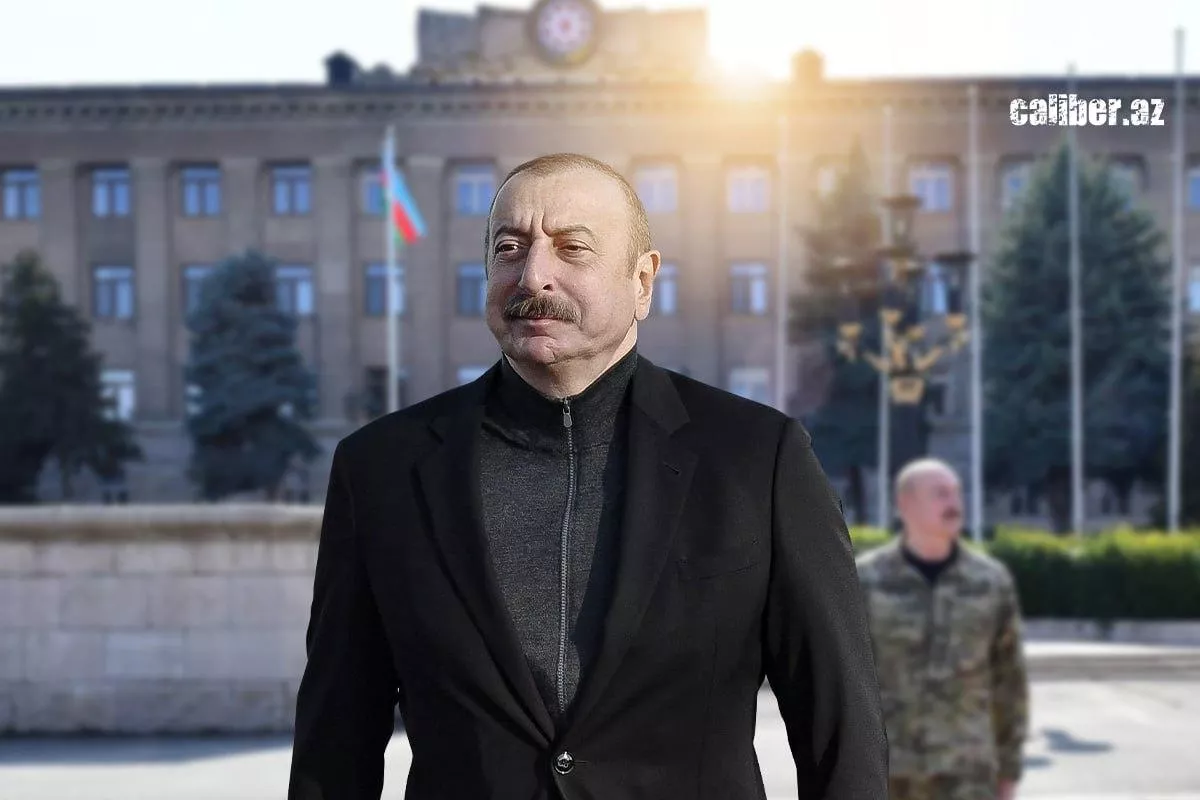
Abkhazia and South Ossetia: War as a tool
August 2008 became a point of no return for Georgia. Under the pretext of “protecting its citizens,” Russia invaded an independent country and cut away two of its regions — Abkhazia and South Ossetia.
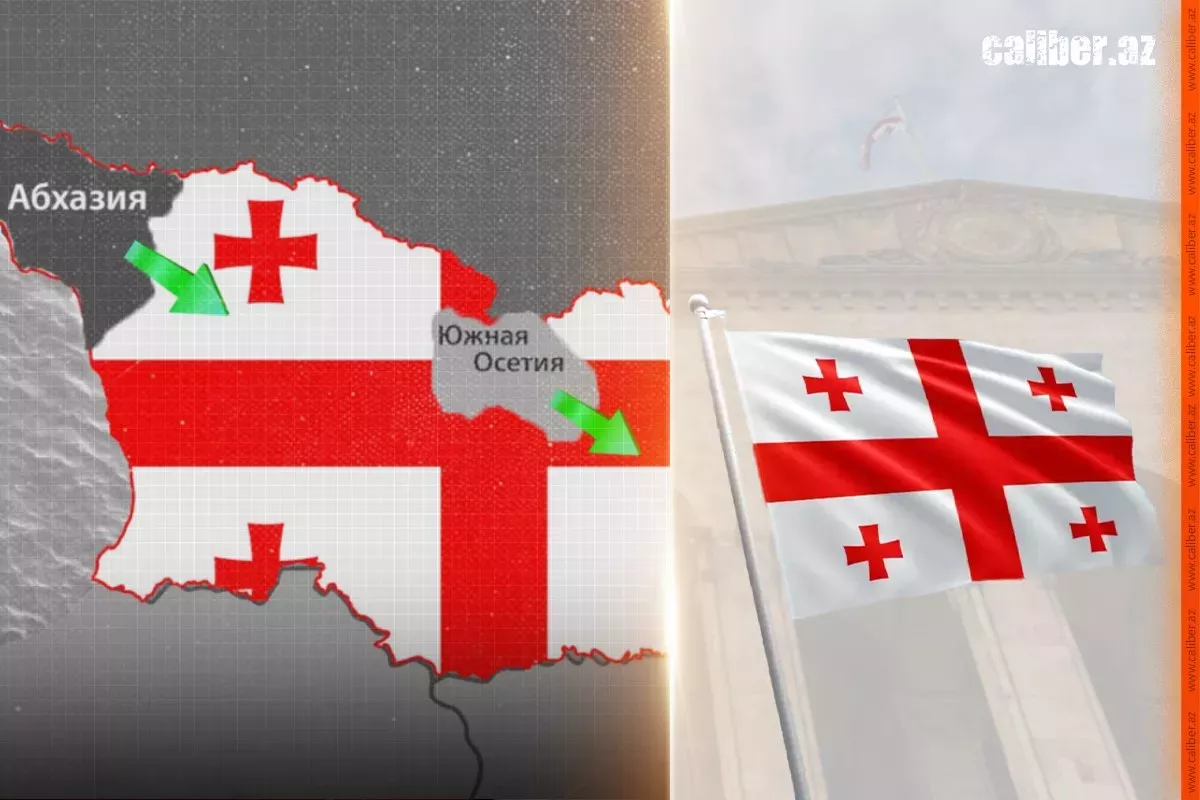
Today, these territories are under Moscow’s complete control, where Russian troops serve as “border guards” and passports bearing the double-headed eagle have replaced Georgian citizenship. Independence? Nothing more than a façade. In reality, it is a straightforward annexation.
Transnistria: A hostage of the past
Transnistria is yet another example of Moscow’s imperial policy. In the heart of Europe, since the early 1990s, Russia has propped up a separatist regime, supplying it with weapons and finances while stubbornly refusing to withdraw its troops.
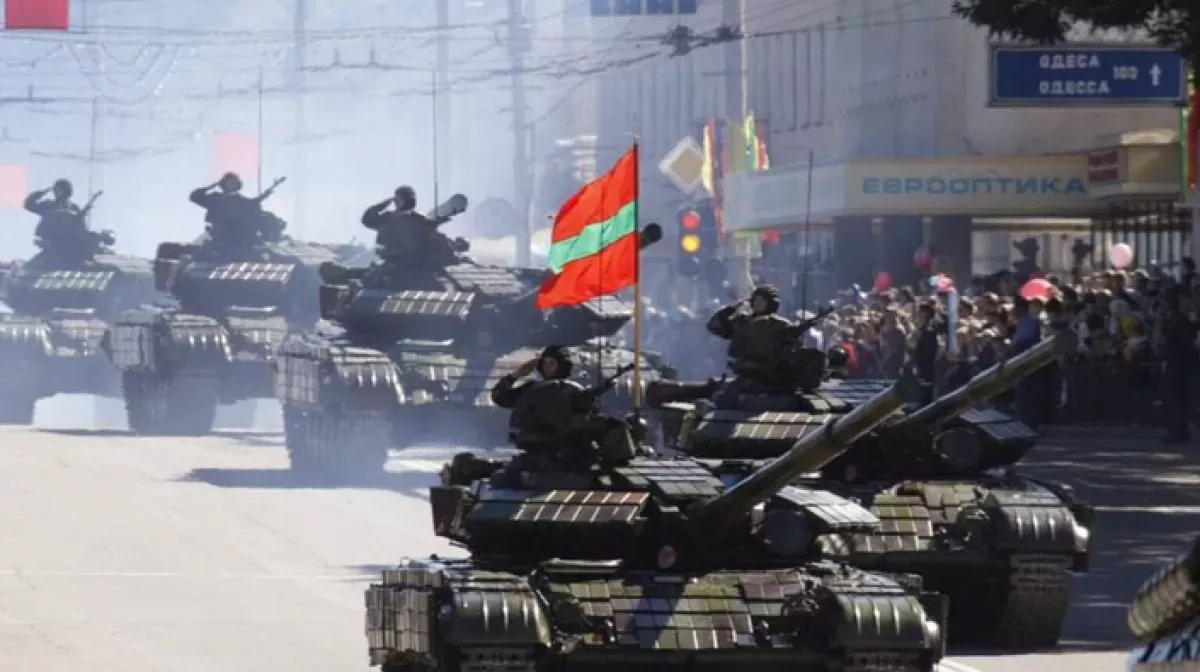
For Moscow, Tiraspol serves as a convenient lever of pressure on both Moldova and neighboring Romania. This “frozen conflict” is like a scar on Europe’s map — one that the Kremlin refuses to let heal.
Crimea and Donbas: The 21st century in the shadow of Anschluss
The year 2014 shocked the world. Russia openly annexed Ukraine’s Crimea, staging a sham referendum under the barrels of machine guns. The same story unfolded in Donbas, where “people’s republics” appeared — armed, funded, and directed straight from Moscow.
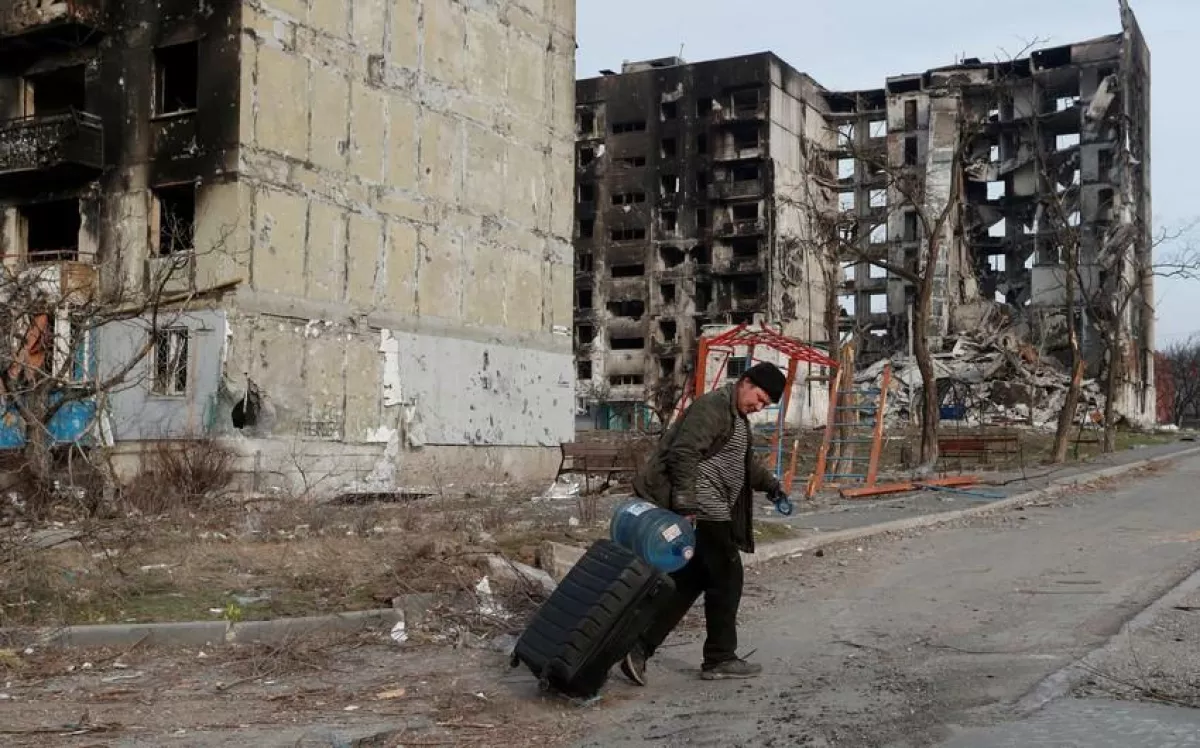
The full-scale invasion of February 2022 shattered the last remaining illusions. The occupation of new Ukrainian regions and the staging of “referendums” with preordained results were a carbon copy of history textbooks on the Third Reich. The Sudetenland, Austria, Poland — today it is Crimea, Donbas, Kherson, and Zaporizhzhia.
Russia and the Third Reich: Dangerous parallels
Today, comparing Putin’s Russia with Nazi Germany no longer seems far-fetched. The similarities are striking:
-
“Protection of compatriots” as a pretext for invasion.
-
Violent redrawing of borders.
-
Disregard for international law and its own commitments.
Once again, the world faces a choice — to stop the aggressor or to allow him to expand his “sphere of influence” step by step. From Karabakh to Transnistria, from Abkhazia to Crimea and Donbas, the pattern is the same. Russia does not build bridges — it draws frontlines. Wherever the Kremlin promises to “bring peace,” war follows. Wherever it speaks of “protection,” occupation ensues.
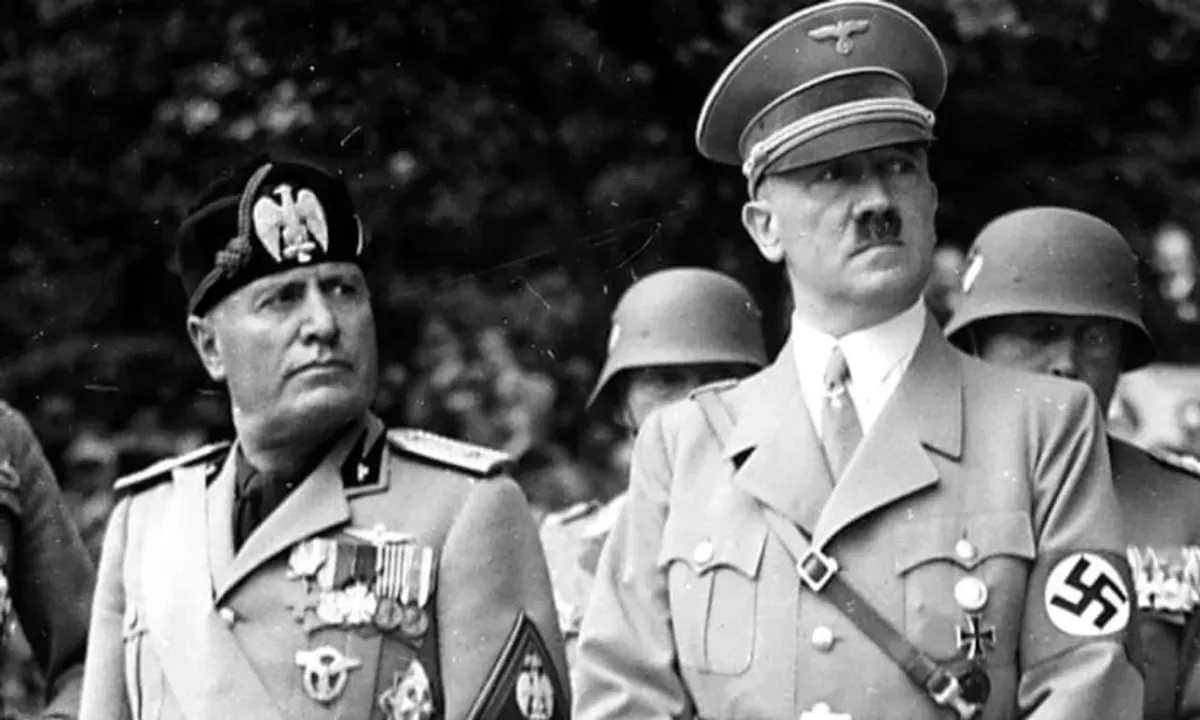
Russia today is a state that has chosen war as its foreign policy tool. And that is its greatest threat. History has already proven that an aggressor stopped too late brings tragedy to all of humanity. Putin’s Russia systematically undermines the foundations of international law, tramples on the principle of inviolable borders, and drags Europe back to the era when fascism and Nazism in Italy and Germany were on the rise.








